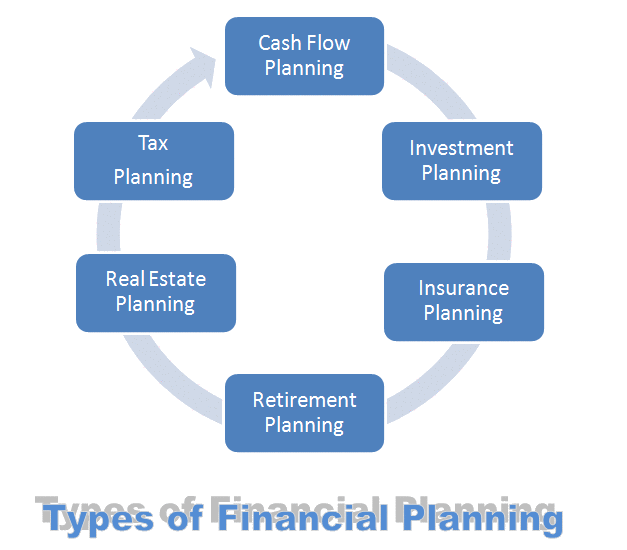Motivational speakers will tell you that you miss every shot you don’t take; that the difference between a successful entrepreneur and an unsuccessful one is the willingness to take opportunities when they come. They are not wrong. You cannot succeed in business if you are entirely risk averse. However, there is context missing. Some entrepreneurs are better placed to take opportunities than others. If you have capital available, you are much more likely to take an opportunity that requires an initial outlay.
Many businesses remain small for this reason. They want to take opportunities when they come but just cannot afford to. After using capital or a loan to get your business going, it is difficult to source more even when you see tremendous potential. This is where a commercial bridging loan comes in. But what is a commercial bridging loan and how does it work?
What is a Commercial Bridging Loan?
A commercial bridging loan is a form of short-term business financing that you can use in place of a traditional mortgage. Bridging loans have a much shorter lifespan and are much quicker than a commercial mortgage to complete.
Consider the following scenario. Your business already owns properties. You come across a property with tremendous potential that you know you can make a lot of money from.
However, you don’t have capital available. You may not be able to get another mortgage from the bank until you have sold one of the properties you already own. Alternatively, you need to get the deal through as quickly as possible to avoid losing out to a competitor.
This is the perfect time to get a commercial bridging loan. You are borrowing money to spend immediately, with the intention of paying back the loan as soon as possible. When you sell that other property, you pay back the bridging loan immediately. In other words, it bridges the gap while you make finances available.
Are There Downsides?
If you have a property you wish to buy as soon as possible but don’t yet have the funds available, are there any reasons to avoid commercial bridging loans?
One reason to avoid commercial bridging loans is that you will pay higher rates than on a traditional mortgage. It is always recommended to compare using loan comparison calculator before applying it. You may also have to pay fees for an assessment of the building you plan to purchase. However, as you plan on paying back the loan in the immediate future, high rates should not be too big a factor.
The main reason to avoid short term bridging loans is the possibility that your plans will fall through. You are working on the assumption that you will have funds available to pay back the loan in a short time. Some businesses that get bridging loans are certain of this. Others are simply hoping for the best.
If you do get a business bridging loan that you cannot subsequently pay back on time, you will face penalties and will pay high interest rates, and your property will eventually be repossessed.
Bridging Finance: The Nitty-Gritty
There are some factors that determine whether you are able to get bridging finance. The most significant is that the property on which you are applying for finance needs to be a commercial property. This means that you cannot use a business bridging loan to buy a house for yourself or a business partner. Semi-commercial properties may be approved.
In terms of interest, you will be paying an amount calculated on a monthly basis rather than an annual basis. You should expect an interest rate of around 1% per month. Less risky investments may bring you a rate of 0.5%. The riskiest loans may have rates as high as 1.5% a month. You can also use mortgage payoff calculator to analyze it.
Although commercial bridging loans do come at a risk to the lender, the fact that you are purchasing a property means that there is security inherent to the loan. As such, lenders of bridging loans will provide loans even to those with adverse credit scores. Most lenders will provide terms up to 12 months, but some will allow for as much as 24 months. You need to be sure you can pay back the loan within that time.
How Do You Know Whether to Take the Opportunity?
In some cases, a commercial bridging loan will be a no-brainer. You know you can sell a current property and the new property is a guaranteed money-maker. However, most cases are not as clear cut. How do you know if this really is an opportunity worth taking?
The first and foremost question you need to ask is how sure you are that you will be able to sell a current property. You should be sure you can sell as long as unprecedented events occur. In other words, you don’t need to consider once-in-a-generation events like a global pandemic when making your decision.
But you should also be sure that you are not overselling yourself on the new property. Many entrepreneurs enjoy newness. Innovation is what makes a good business person, after all. However, this can lead to a bias towards new ventures. Check your thinking with an objective third party. They can help you see if the new property is really too big an opportunity to pass up.
Finally, do not get a commercial bridging loan with the intention to “figure something out.” Yes, you may struggle to watch a great opportunity pass you by, but the risk of getting an expensive bridging loan you cannot pay back is too high. You may well end up without the new property as it is repossessed, leaving you high and dry.
Commercial bridging loans can be exactly what your business needs. However, be careful when applying for this kind of loan, and never do so on an impulse.







